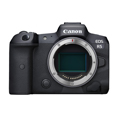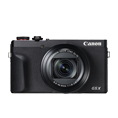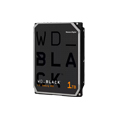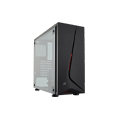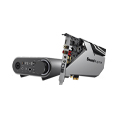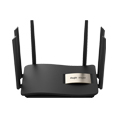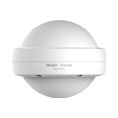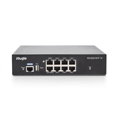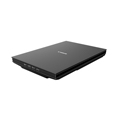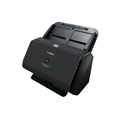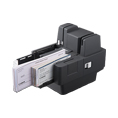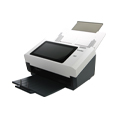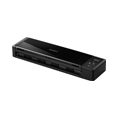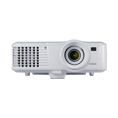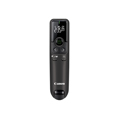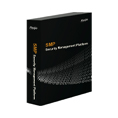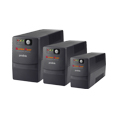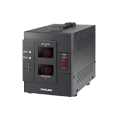Canon Camera Buying Guide

Canon offers a wide range of photography equipment, from simple point-and-shoot cameras to advanced optical single-lens reflex (DSLR) cameras. Furthermore, with a wide range of compatible lenses, flashes, and accessories to choose from, we’re sure you’ll find the camera equipment that’s best suited for you.
Buying a new camera can be both exciting and daunting, depending on whether it’s your first purchase or an upgrade to your current equipment. Buying the newest or most coveted camera on the market isn’t the only way to find the best camera. Canon camera buying guide is all about finding the right camera for your lifestyle with the right size, shape, settings, and features.
Point-and-shoot digital cameras can go anywhere, at any time, from day trips and holidays to concerts and sporting events. Their compact design allows them to fit into even the smallest spaces, such as a purse or backpack, making them quick to retrieve. Go for a hike, “zoom in” on the action, or share memories while you’re out there.
Point-and-shoot cameras have a built-in flash and a range of automatic settings, making them ideal for newcomers to photography or advanced amateurs looking for a rugged camera to take on the road.
Features
When image quality, autofocus speed, and creative versatility are essential, digital single-lens reflex (DSLR) cameras are the best option. DSLR cameras have many distinguishing features, such as interchangeable lenses, fast autofocus, and excellent low-light output, making them the go-to camera for both beginners and professionals.
Create bokeh, or background blur, with ease, frame your composition with the optical viewfinder, and produce stunning HD-quality images. DSLR cameras also make for better image quality, more informative HD images, and more innovative decision-making due to the much larger sensor packed into their design.
Photography Lifestyles
If you use an interchangeable lens on your DSLR or mirrorless camera, you’ll be able to see the world from new eyes. An interchangeable lens, perhaps the most significant investment in your camera bag, is designed to accommodate all types of lighting and photographic circumstances.
Invest in a macro lens to magnify the delicate details of a snowflake, a telephoto lens to capture the winning pitch from the stadium’s last row, or a wide-angle lens to capture a breathtaking cityscape in its entirety. There’s a lens for every situation, every perspective, and every location.
There are two types of interchangeable lenses: zoom and fixed focal length (prime). Zoom lenses, such as 24-105mm or 18-135mm, are a must-have in any photographer’s camera bag because they provide a wide range of focal lengths. This versatility makes a zoom lens an excellent option as an all-in-one travel lens, allowing you to “zoom in” or “zoom out” as needed. Prime lenses, on the other hand, have only a single focal length, such as 50mm. While they lack the convenience of a zoom, these lenses are normally smaller, lighter, and have a greater maximum aperture, resulting in clearer images and beautiful background blur.
Explore Lenses
It goes without saying that photographing a subject in less-than-ideal lighting conditions will make or break an image. However, if you have an external flash, also known as a “Speedlite,” you’ll be able to monitor your light source in any case, light or dark.
Features
When it comes to optimizing your equipment, what is most important to you? Perhaps you’ll need an extra battery to extend your shooting period or a tripod to increase your stability. Maybe it’s a tough case for extra security. A variety of resources are available to assist you in getting the most out of each shot. To make your photographic experiences more convenient — and eventually more enjoyable — equip your gear with a few “must have” accessories.





